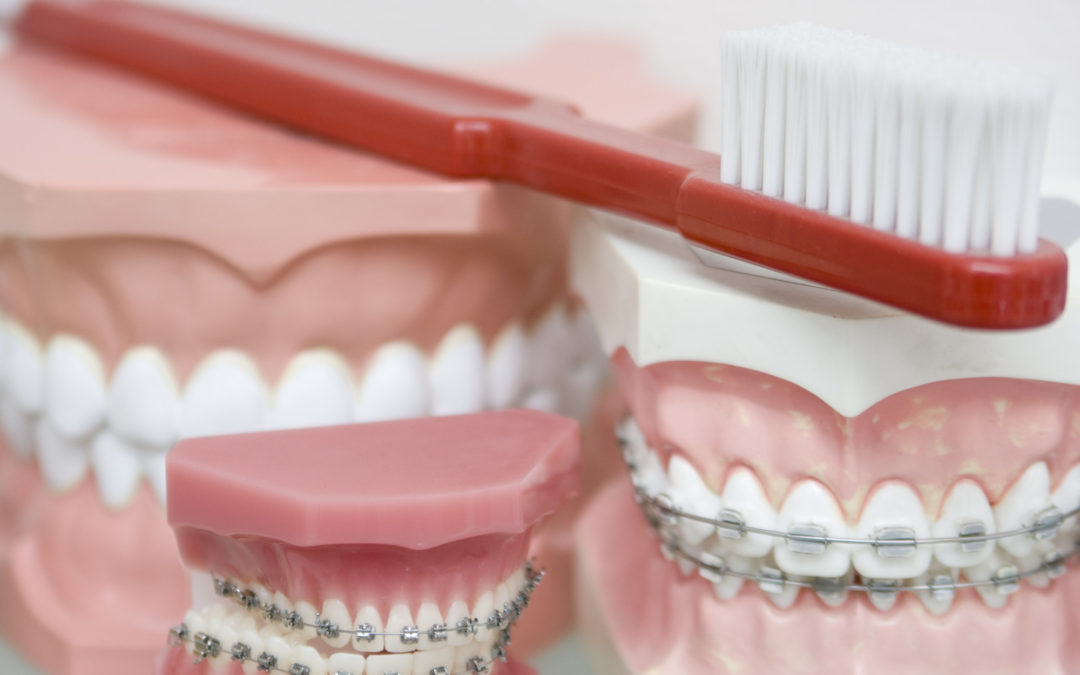Did you know a lot of adults over age 50 end up getting braces? Braces for adults have become more popular as people desire to fix their underbites or overbite. If you want to learn about the different braces types, keep reading.
In this guide, you’ll learn about different types of braces for adults to consider. We’ll also go over the benefits of braces and why you might pursue them as an adult.
Check out our guide below for more information.
Who Should Get Braces?
Patients will usually see a dentist who performs a dental exam. The exam will reveal if the patient’s an excellent candidate for orthodontic treatment. An orthodontist will examine the patient’s gums and judge based on oral health.
Braces may be recommended for a patient with teeth crowding or too much space between teeth. Adults might want to get braces to fix their underbite or overbite. Others might also get braces to improve their speech impediment.
Orthodontists may not recommend someone get braces if they have significant tooth decay, cavities, or gum disease. Also, people who need dental implants will likely not get recommended for braces.
How Long Will You Have Braces?
Extensive orthodontic treatment will usually range from a year or two years.
For more complex cases, a patient might need to wait up to three years. These are things you can discuss with your orthodontist.
You Could Get Metal Braces
Metal braces have been the most popular and common kind of braces worldwide. Unfortunately, in the past, people had to wear bulky and noticeable metal braces. But, advances have made these braces simpler, faster, and more comfortable.
Metal braces remain popular among teens and young kids. They’re placed to the teeth and joined together with a wire. The wires connect across the teeth with elastic ties. The patient can choose from a variety of colors. Your orthodontist will adjust the wires every four to eight weeks.
Different from clear aligners, some parents and patients will prefer metal braces. This is because the parent doesn’t have to keep reminding the child to wear their aligner. Metal braces need excellent oral hygiene to ensure a perfect treatment.
Have You Considered Ceramic Braces?
Ceramic braces are created from clear and tooth-colored materials. They work like metal braces but are a lot less visible. Ceramic braces remain popular among patients who don’t pursue Invisalign. You might follow this option if you still want to straighten your teeth discreetly.
Ceramic braces aren’t as noticeable and are a more affordable alternative. The braces are a little larger than metal braces and can stain. This will depend on your oral hygiene habits and diet.
Self-Ligating Brace
Self-ligating braces work like ceramic and metal braces. They are available in transparent or metal material. Self-ligating braces will use clips or doors to hold the wire instead of rubber ties.
Self-ligating braces result in a shorter appointment time since they’re so easy to adjust, for people who cannot sit still long, or are sensitive to discomfort, pursue this option.
Have You Considered Lingual Braces?
Lingual braces often require specialized orthodontic skills.
Lingual braces behind the teeth should be an option presented to patients. They provide different advantages. You can have complete invisibility, customizable options, and better versatility.
Some patients experience a change in their speech and even irritation to their tongue. The symptoms will fade once you become accustomed to the new hardware.
Choosing Clear Aligners or Invisalign
People love having the option of using a clear aligner or Invisalign. They’re popular among patients due to their invisible nature and removable option. They allow patients to have more accessible oral care. People tend to pursue this option because it’s also faster than braces. People won’t need to worry about going to monthly appointments.
Invisalign is an excellent choice for people who may have had braces when they were younger. Often, some adult patients will need a slight touch-up when they get older. They might have mild or moderate dental problems from newly misaligned teeth. A transparent aligner system will help address these problems without needing extensive treatment.
Some people with complex dental problems combine both invisible aligners and lingual braces. This will provide a unique solution to a problematic situation.
Picking the Right Orthodontist
It would be best if you didn’t rush to find a reputable orthodontist for your braces.
You might want to find a business that offers flexible financing options. Make sure you understand the estimate and final cost of the braces.
Make sure the orthodontist has plenty of experience with whatever method of braces you choose. You might want to ask to speak to previous patients. Find out what their experience was like with the orthodontist. Did they enjoy their experience or wish they had gone to a different orthodontist?
Also, it would be best to read more about the different types of braces. Determine what kind of braces you’ll choose.
Understanding the Different Types of Braces for Adults
This guide on the different types of braces for adults was helpful. Consider if you’re looking for a discreet option like Invisalign or lingual braces. You could also try ceramic braces, which are cheaper than metal braces.
Find a reputable orthodontist to help you through this decision-making process.
Want to talk to a professional today? Contact us today, and we will be happy to begin your journey.


